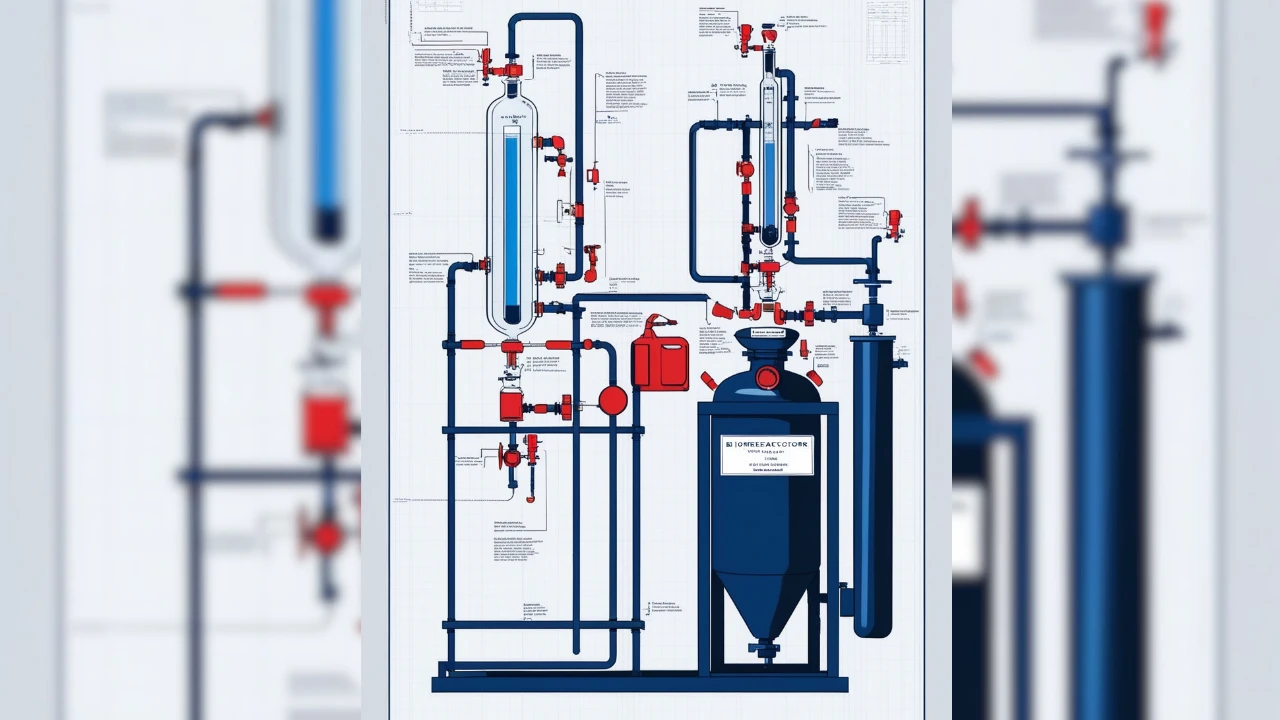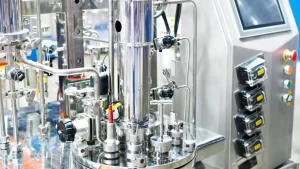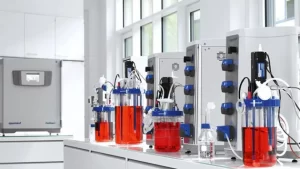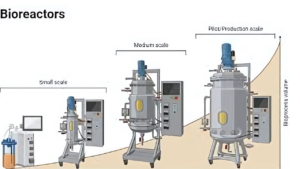In the world of biotechnology and industrial microbiology, the terms bioreactor and fermenter are often used alternately but we are not quite the same. At Fermenter Technologies, we believe in empowering innovation through understanding, and it starts with getting the basics right.
Whether you’re scaling up production or exploring new frontiers in synthetic biology, knowing the difference between these two key systems can make all the difference.
Difference between fermenter and bioreactor
- Application: The fermenter is more focused on specific fermentation processes, while the bioreactor is more versatile and used in a variety of biological processes.
- Design and construction: Although both can be made of similar materials, bioreactors tend to have more advanced and complex control systems.
- Versatility: Bioreactors offer greater flexibility in terms of the types of organisms and processes they can support.
- Process control: Bioreactors are equipped with advanced control and monitoring technologies, allowing for accurate, real-time management of culture conditions. Fermenters tend to be less complex in comparison.
- Scalability: Both can be scaled up for industrial production, but bioreactors have an advantage in the variety of scales and process types they can handle, from research to commercial production.
What is a fermenter ? How does it work
A fermenter is a vessel specifically designed to carry out fermentation. Fermentation is a biological process where microorganisms such as bacteria, fungi, or yeast break down organic compounds, often sugars into simpler products like alcohol, acids, or gases.
Fermenters are widely used in:
- Alcohol production (beer, wine, spirits).
- Dairy products (yogurt, cheese).
- Antibiotics and certain enzymes.
- Organic acids like lactic acid or citric acid.
The design of a fermenter focuses on maintaining an environment conducive to microbial growth, ensuring factors like temperature, pH, oxygen supply, and sterility are carefully controlled.
What is a bioreactor ?
A bioreactor is a more versatile system designed to support a variety of biological processes, not limited to fermentation. It provides a controlled environment for growing animal cells, plant cells, stem cells, and even tissues, in addition to microorganisms.
Bioreactors are used in:
- Vaccine production.
- Monoclonal antibodies.
- Cell culture for regenerative medicine.
- Large-scale production of good proteins.
- Agricultural biotechnology and plant tissue culture.
While fermenters focus largely on microbial processes, bioreactors extend their scope to more complex systems involving sensitive cell cultures.
Also Read: Scale Up of Fermentation Process
Fermenter and Bioreactor diagram
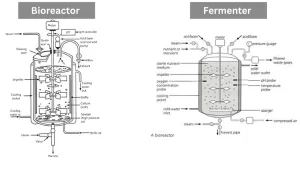
Key Differences at a Glance of Fermenter and Bioreactor
| Feature | Fermenter | Bioreactor |
| Organism Type | Microorganisms only | Microorganisms, plant, animal, insect cells |
| Application | Fermentation (e.g., alcohol, antibiotics) | Broader (e.g., tissue engineering, biologics) |
| System Design | Typically more rugged for microbial use | More delicate control for sensitive cell types |
| Scope | Narrower, fermentation-focused | Broad, multipurpose |
Conclusion:
If your process is microbial and fermentation-based, a fermenter is likely your best fit. If you’re working on biopharmaceuticals, vaccines, or tissue culture, a bioreactor is the better choice.
At Fermenter Technologies, we offer custom solutions, whether you’re optimizing a yeast fermentation run or scaling a mammalian cell culture for clinical-grade production.

